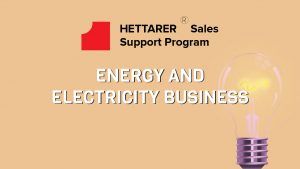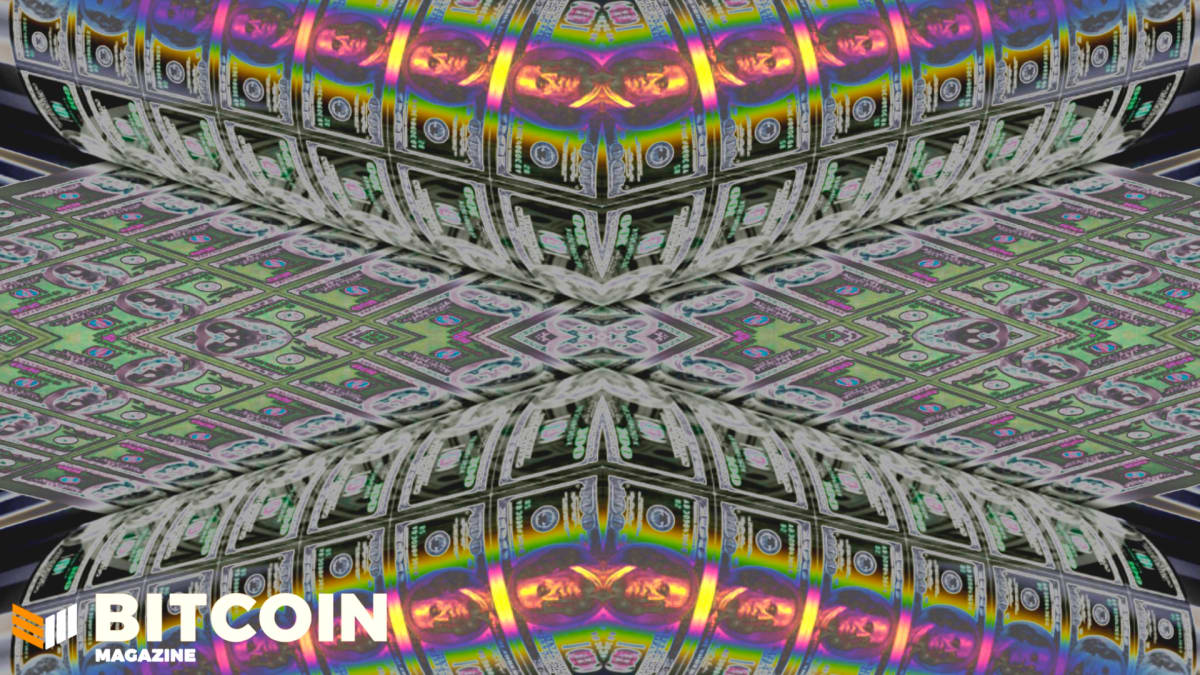2021-8-3 18:00 |
The framework from which we evaluate the asset must take into account the problem that it solves.
When a valuation of a company is made, it is done by modelling future cash flows and discounting them to the present-day value in a discounted cash flow model. Fundamentally, this relies on the estimates of future cash flows to accurately determine what the current valuation for a company should be. All sorts of assumptions need to be made to accurately determine this competition in the marketplace — future demand for the product or service, and technological innovations all among them.
Another factor that has to be accounted for is monetary policy, which is something we’ve seen largely increase the value of equities as a result of looser monetary policy, cheap debt and pulling back future cash flows. So even though a discounted cash flow model is severely flawed, it can give us a starting point through which to value a company because there are fiat cash flows associated with it.
Looking at this through the lens of bitcoin, it has no fiat cash flows, so trying to determine a fiat valuation the same way we do for a company is entirely flawed. A better way to understand it is looking at it through the lens of “What problem does this solve?” Not only does this eliminate the issues presented earlier in the discounted cash flow model, but it also gives a relative framework through which to evaluate it relative to other assets.
One of the questions you should ask when evaluating any product is functionally, “What problem does it solve?” That’s the first question you should ask when evaluating a product; but functionally this is more important when evaluating an asset. Since bitcoin is both a product and an asset, understanding the product/market fit is a fundamental pillar in beginning to determine a dollar valuation for it.
That moves us to answering the question. When you begin to go down the line and look at the various asset classes, the answer becomes clear. It solves the store of value problem. But, not necessarily in the way that is commonly thought of as solving that problem. The way we can see this in the real world is to look at other asset classes and ask “Does this solve the store of value problem?” What we see is that no other asset or asset class does, leaving a gap in the market (people that want a sound place to store their monetary energy) and the products that solve that (more on that below).
Gold is technically a store of value that’s broadly kept up with the money supply in recent decades, however, it is a failed store of value. The reason it’s a failed store of value, is that while gold has kept up with the M1 supply, it has failed to keep up with real estate — and the bonds that back that real estate. This is largely due to physical properties of gold that make it a poor store of value. Lack of easily verifiable supply, not being salable, and largely centralized in practice make it fully unfit to store value. And the market has determined that to be the case. Real estate has eclipsed gold many times over as it functionally — along with bonds — became the de facto store of value of the late 20th and early 21st century.
The bond market serving as a store of value “worked,” at least to some degree, until the 2008 financial crisis when nominal yields went close to zero and real yields went negative. Since bonds (Treasury and agency – and lately even corporate and junk bonds) cannot even keep up with the pace of inflation, bonds have now also become a completely failed store of value.
Real estate then would be the next place one would look for a store of value — and for the last decade plus, it has served that purpose. However, real estate (especially residential) was never intended to serve as a store of value. Among the issues that prevent real estate from being a long-term store of value are it’s reliance on monetary policy (without the credit expansion and fiscal policy it cannot sustain), demographic shifts in populations (baby boomers in the United States hold the vast majority of the real estate value, and younger generations do not have the wealth to buy these homes at record values), and salability across time and space (real estate is time consuming to transfer and takes multiple third-party intermediaries).
That leaves us with equities, and why nominally, we’ve seen record high valuations for equities over the last decade plus. Not because equities provide a true stable store of value (again we are discounting unknown future cash flows to come up with the valuations here), but because everything else has failed. The problem with equities is that functionally rates cannot go much lower, so they are close to being “tapped out” as a store of value (they can continue to go higher nominally, if the government implements Universal Basic Income payments).
Circling back to bitcoin and trying to come up with a dollar valuation around it, it solves the problems that gold faces (it’s more salable, censorship resistant, and less centralized), while also being less likely to be subject to manipulation (through the ease of storing your own keys). That gives us a really low-ball end on which we can say we could value bitcoin at — and that’s above gold's market cap — $10 trillion.
Again though, gold is functionally a failed store of value so this is just a starting framework for which we would set a lower-bound estimate. I think the broader valuation that we can use is the bond market. The global bond market is between $130-300 trillion depending on different sources/estimates. Conservatively, if we assume bitcoin solves the store of value problem better than bonds and real estate — and this is definitely true on a long enough time scale, as bonds have lost real value for over a decade — then we can safely assume it solves the store of value problem better than the bond market. Therefore, a $130 trillion valuation is a safe, conservative estimate for bitcoin’s valuation framework. This would put the price per coin at approximately $6.5 million per coin, based on today’s U.S. dollar value. That’s arguably extremely conservative, as it does not account for the derivatives market which is estimated to be over a quadrillion U.S. dollars.
This is a guest post by Mind/Matter. Opinions expressed are entirely their own and do not necessarily reflect those of BTC Inc. or Bitcoin Magazine.
Similar to Notcoin - Blum - Airdrops In 2024
Chilean Unit of Account (CLF) на Currencies.ru
|
|

















